Experts warn that climate change and human activities threaten many irreplaceable heritage sites globally.
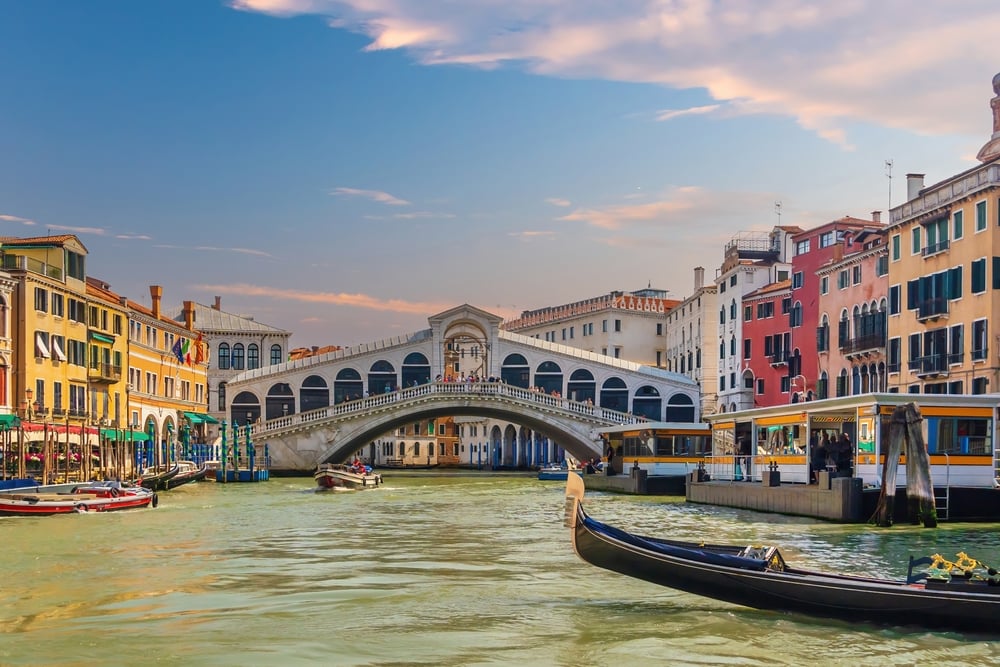
Some of humanity’s most irreplaceable places are edging toward a point of no return. UNESCO keeps a running “List of World Heritage in Danger” to flag sites facing severe and specific threats—and the roster was formally updated at the 47th World Heritage Committee session on July 13, 2025, according to UNESCO.
What’s pushing these landmarks to the brink isn’t just neglect. Climate change has overtaken other pressures as the top threat to natural World Heritage, as stated by the International Union for Conservation of Nature (IUCN), while UNESCO’s latest analysis underscores how fire-driven forest loss—fueled by a warming world—has surged across World Heritage landscapes.
1. Venice and its lagoon face threats from rising water levels and tourism.
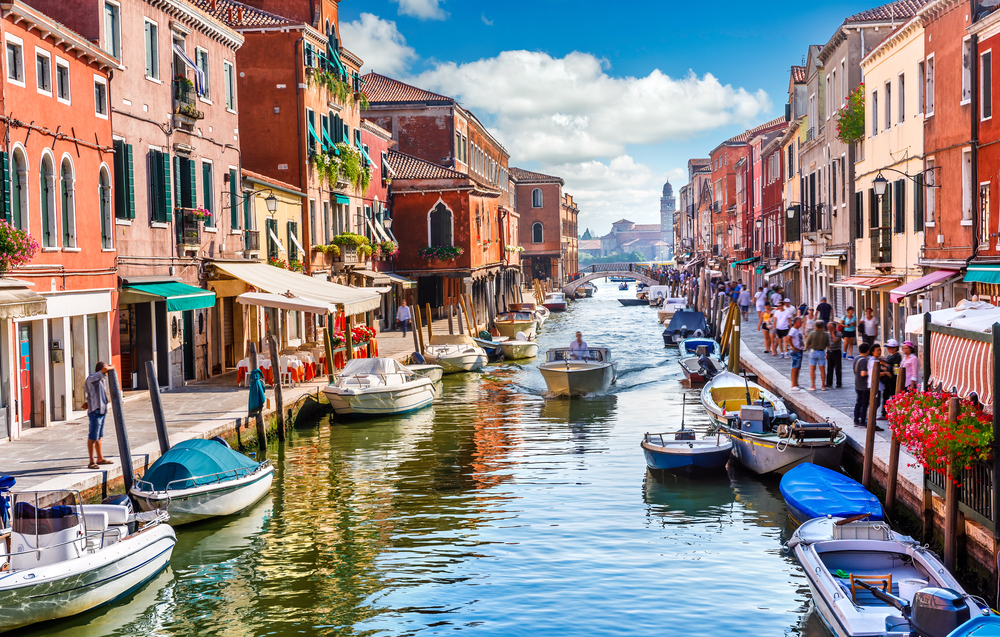
Venice is known for its intricate canals and rich art history, but its future is precarious. Rising water levels increasingly flood iconic squares, threatening ancient architecture and local habitats. Tourism exacerbates these challenges by overwhelming infrastructure and accelerating wear and tear on historic sites.
Meanwhile, the city’s unique skyline faces further risks from larger cruise ships that bring waves of tourists but also environmental strain. Without comprehensive strategies to balance visitor influx and preservation, Venice’s delicate ecosystem might struggle to withstand the dual pressures of nature and human activity.
2. The Great Barrier Reef suffers ongoing damage from climate change impacts.

The Great Barrier Reef, sprawling with vibrant coral ecosystems, is severely affected by climate change. Increasing sea temperatures lead to coral bleaching, a process that turns once colorful corals white, disrupting marine life. Acidification further weakens these underwater structures, compounding this ecological crisis.
Yet, beyond the pristine waters, human actions like pollution and overfishing worsen the reef’s vulnerability. While scientists work to curb these impacts, the reef faces an uncertain future requiring global cooperation. Sustained efforts could restore some balance, but time is crucial as these changes accelerate.
3. Machu Picchu is vulnerable to erosion and uncontrolled visitor foot traffic.
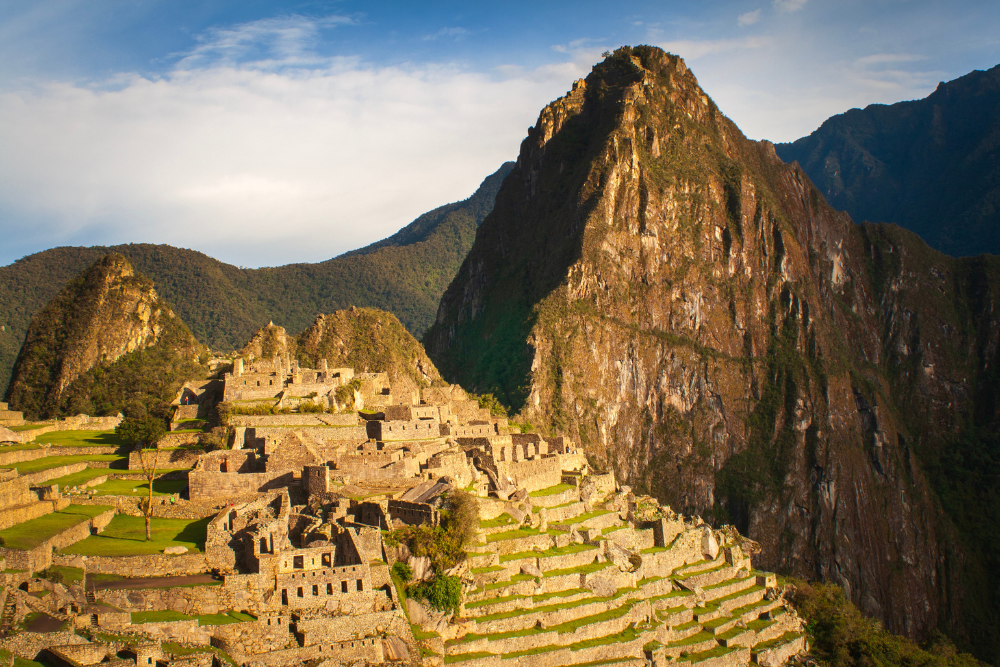
Steep terraces enveloping Machu Picchu have withstood centuries, but erosion and excessive tourism now pose serious threats. Each year, thousands of visitors tread paths once reserved for Incan priests, eroding trails and destabilizing the terrain. Preservationists strive to manage flows while safeguarding this delicate wonder.
High-altitude rain exacerbates the natural wear, loosening stones that have stood for centuries. Without careful preservation tactics, Machu Picchu’s dynamic past could fade into uncertainty. Policies that balance tourist enthusiasm with conservation needs are essential to maintain both history and future visits.
4. The Galápagos Islands encounter risks from invasive species and human activity.
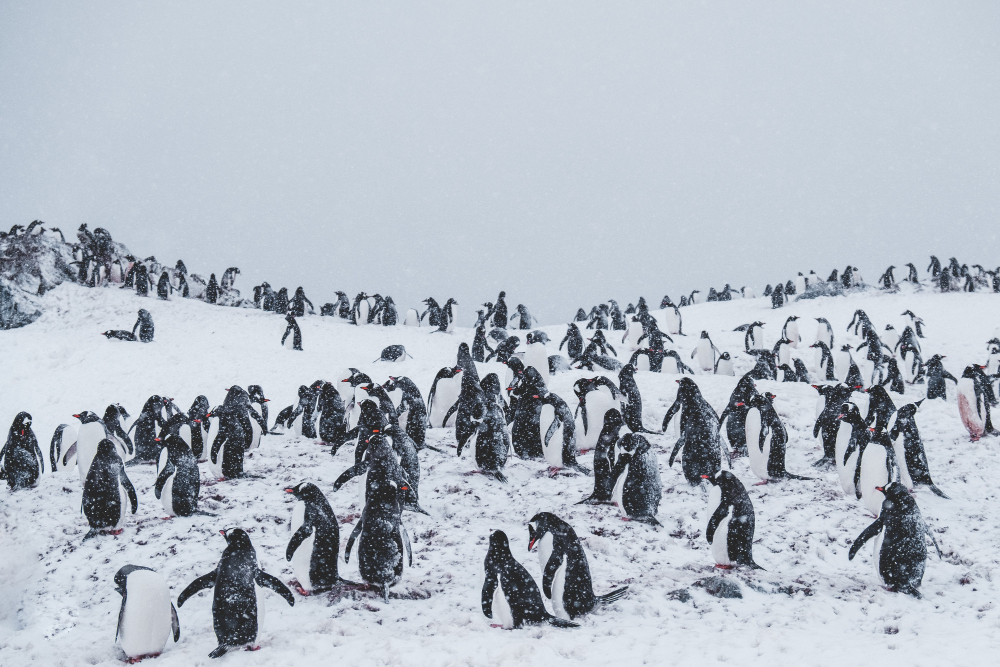
The Galápagos Islands, a living laboratory for evolution, now confront threats from invasive species and human intrusion. Non-native animals disrupt balanced ecosystems, while increased tourism pressures infrastructure and wildlife. Conservationists prioritize local engagement as a vital step toward restoring these fragile habitats.
Additionally, illegal fishing undermines efforts to protect marine life unique to these islands. Striking a balance between accessibility and preservation requires delicate strategies, where environmental stewardship and community involvement play critical roles in safeguarding the Galápagos’ unparalleled biodiversity for future generations.
5. Historic Centre of Rome experiences wear from urban development and pollution.
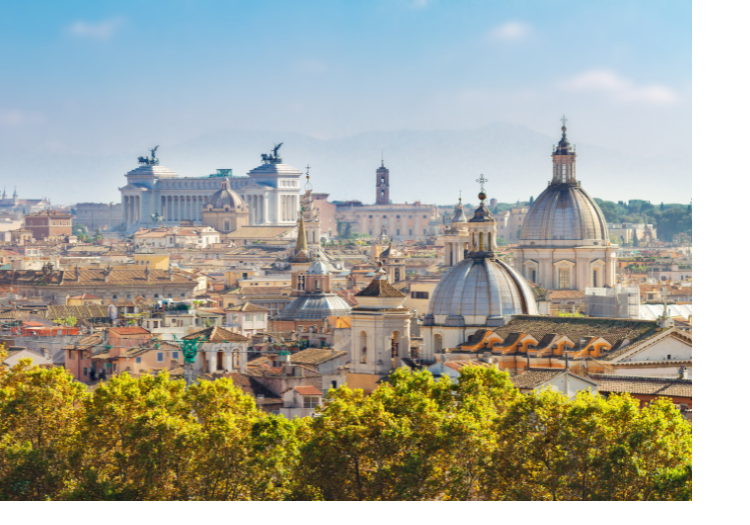
Rome’s ancient center, a testament to historical grandeur, faces modern challenges from urban sprawl and pollution. Day by day, busy streets bring vibrations and emissions, damaging centuries-old structures. Preservation efforts grapple with balancing contemporary city life with the need to guard these archaeological treasures.
Elsewhere, unchecked development threatens to overshadow historic sites with noise and construction dust, aggravating existing preservation challenges. To maintain Rome’s enchanting blend of past and present, careful urban planning must work in harmony with conservation goals, preserving this eternal city’s essence.
6. The Sundarbans mangrove forest struggles against rising sea levels and deforestation.
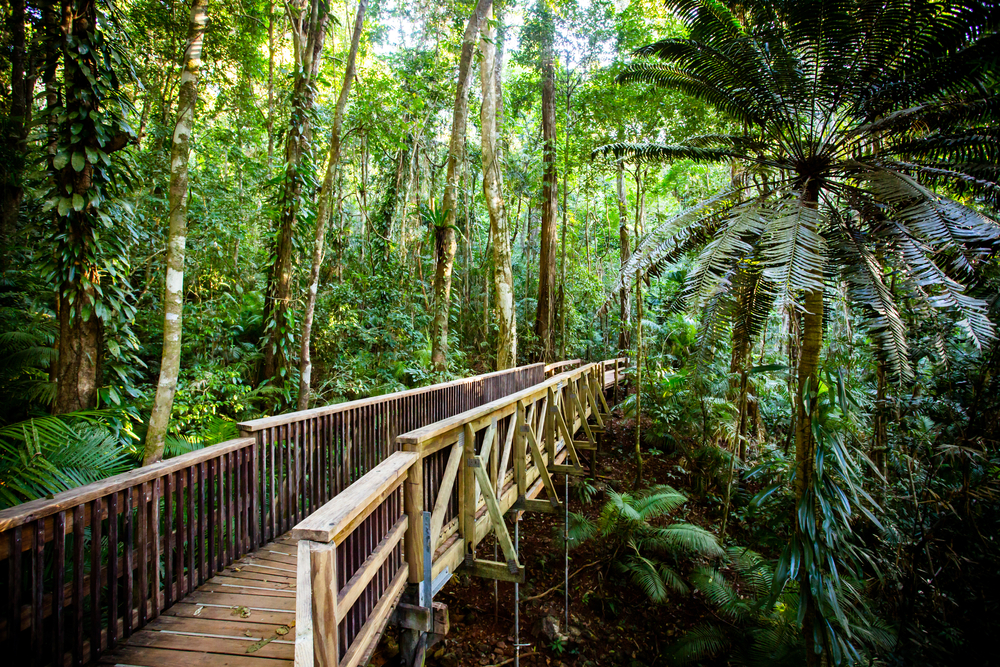
The Sundarbans, the world’s largest mangrove forest, is under siege from rising sea levels and deforestation. Mangroves provide crucial protection against storms, yet climate change-induced flooding damages these vital buffers. Logging further diminishes forest density, threatening both wildlife and local human populations.
Saltwater intrusion alters the ecosystem, impacting flora and fauna reliant on freshwater. Conservation groups emphasize sustainable practices to mitigate damage, yet comprehensive solutions must address converging environmental crises. Effective action holds potential to preserve biodiversity in this remarkable confluence of river and sea.
7. The Pyramids of Giza face challenges related to pollution and urban expansion.
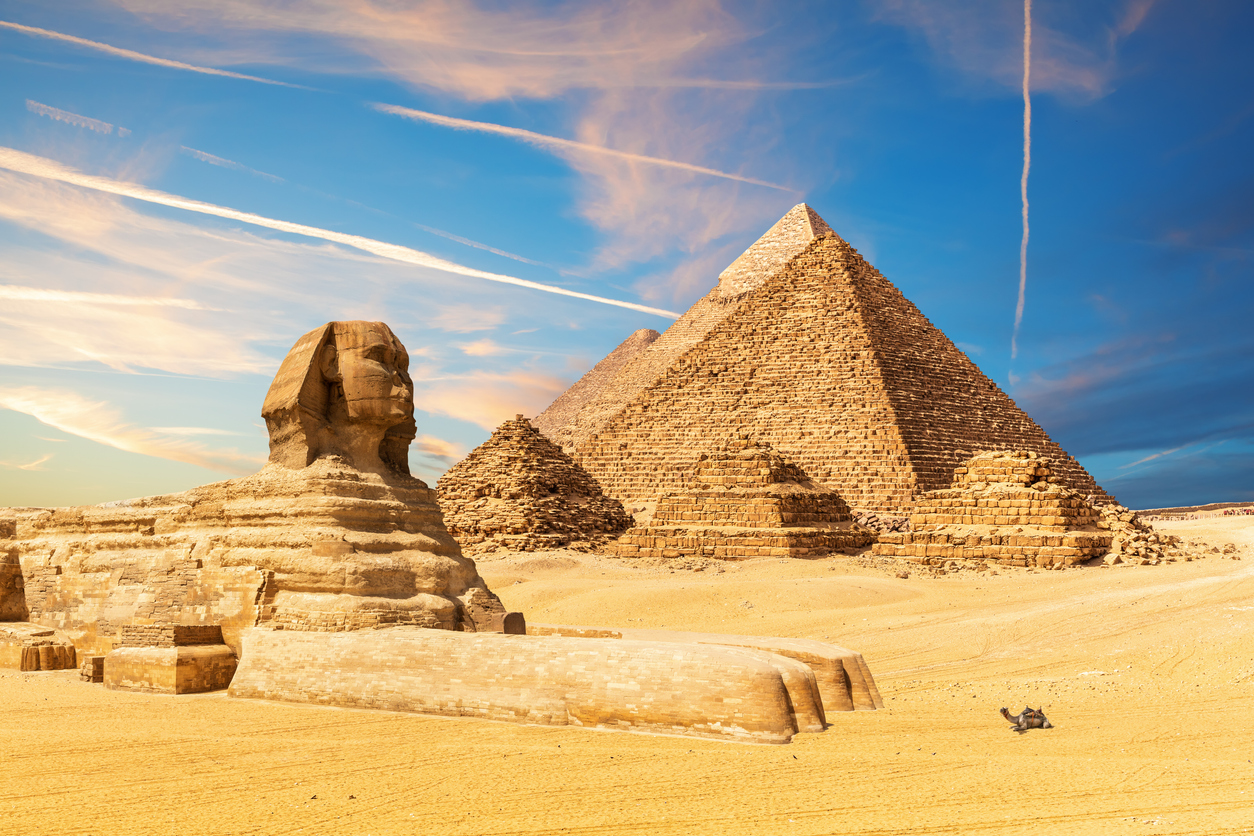
The Pyramids of Giza, eternal symbols of ancient civilization, face pollution and urban expansion as modern-day adversaries. Nearby industries emit particulates that settle on stone, accelerating erosion of their grand facades. Improved air quality management could mitigate such degradation, preserving these wonders for future eyes.
Meanwhile, burgeoning cities encroach dangerously close, heightening risks of infrastructure strain and site disfigurement. Respectful urban planning, focused on preservation, reflects the ongoing dialogue between Egypt’s storied heritage and the demands of contemporary growth, ensuring the pyramids remain inspirational landmarks.
8. Yellowstone National Park is threatened by climate shifts affecting its ecosystems.
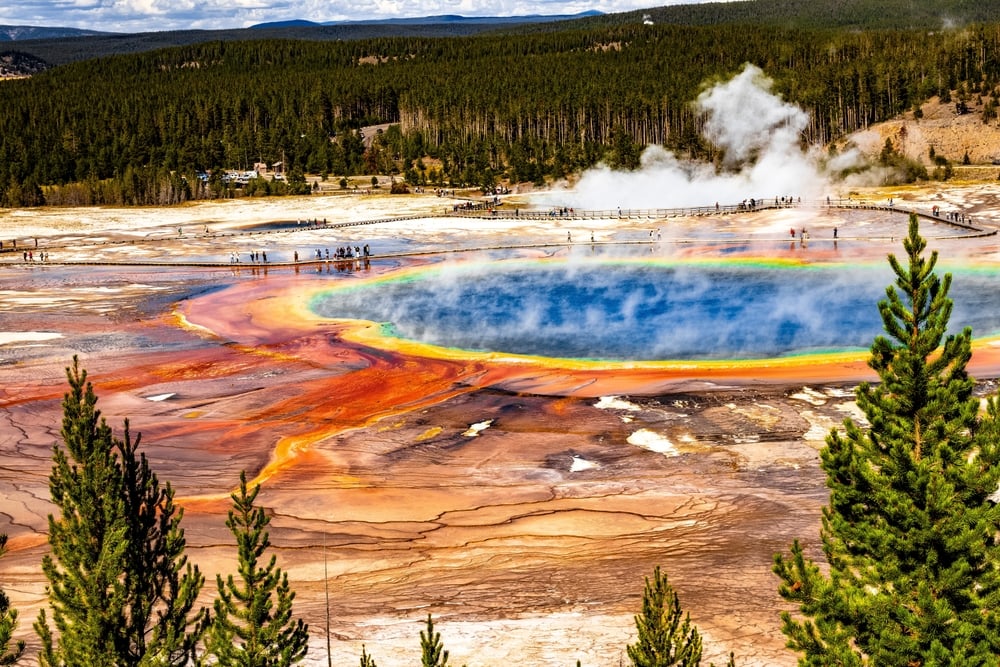
Yellowstone, the world’s first national park, faces threats from subtle yet profound climate shifts. Warmer temperatures alter bison grazing patterns, impacting local flora and fauna. Ecosystems dependent on specific weather patterns struggle to adapt rapidly to these changes, putting native species at risk.
Elsewhere, year-round temperature fluctuations threaten iconic geothermals, potentially reducing steam vent activity and geyser eruptions. In real-time, researchers assess changes, seeking sustainable solutions that might preserve the park’s delicate equilibrium. Community involvement and scientific innovation are paramount in safeguarding Yellowstone’s irreplaceable natural legacy.
9. The Old City of Jerusalem confronts preservation difficulties amid political tensions.
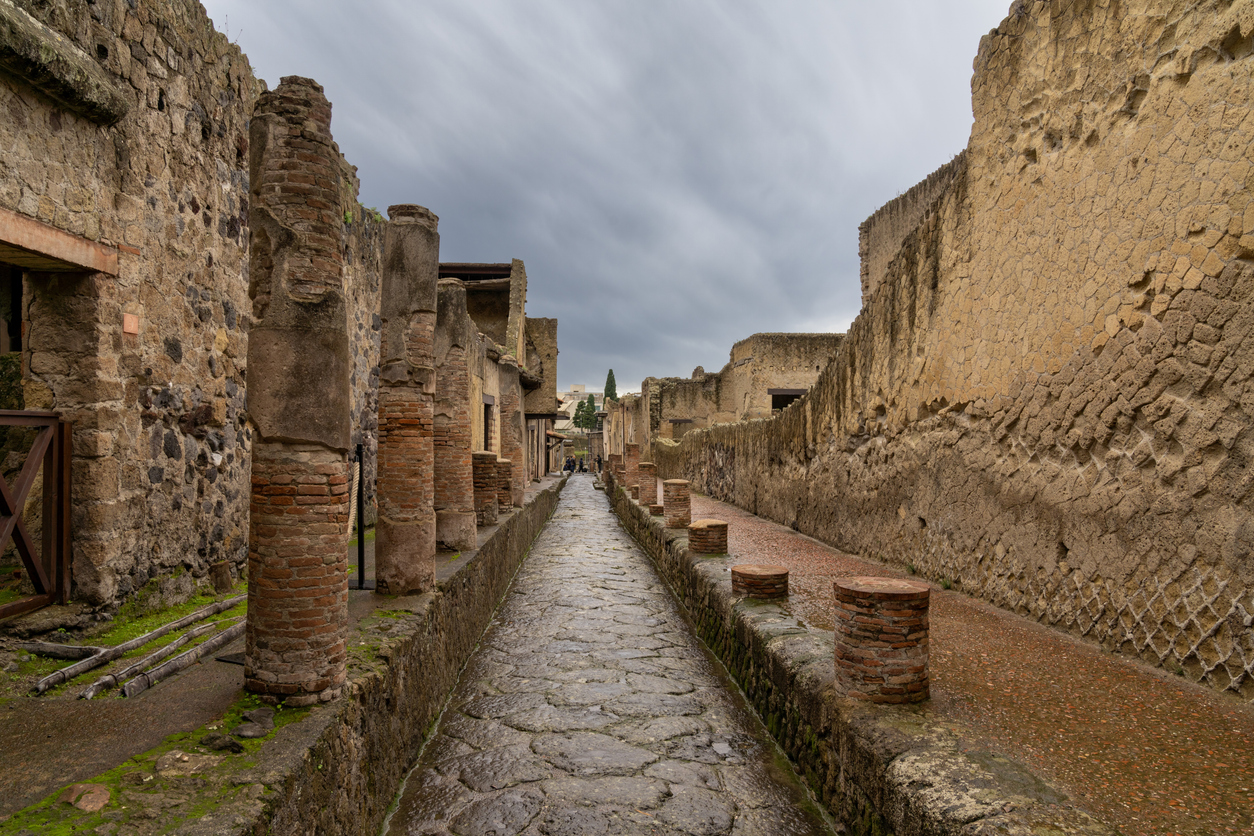
Amid ancient stones, Jerusalem’s Old City bears the burden of political tensions complicating preservation. As diverse communities navigate this storied landscape, conflicting interests can stall essential conservation projects. Yet, cooperation among stakeholders offers pathways to preserve cultural heritage for future generations.
Moreover, dense populations and daily wear contribute to deterioration, demanding meticulous care to protect sacred sites. Establishing mutual understanding fosters resilience, despite political complexities. Efforts to maintain the Old City’s integrity help safeguard global heritage while offering a beacon of historical unity.
10. The Amazon Rainforest is endangered by deforestation and unregulated land use.
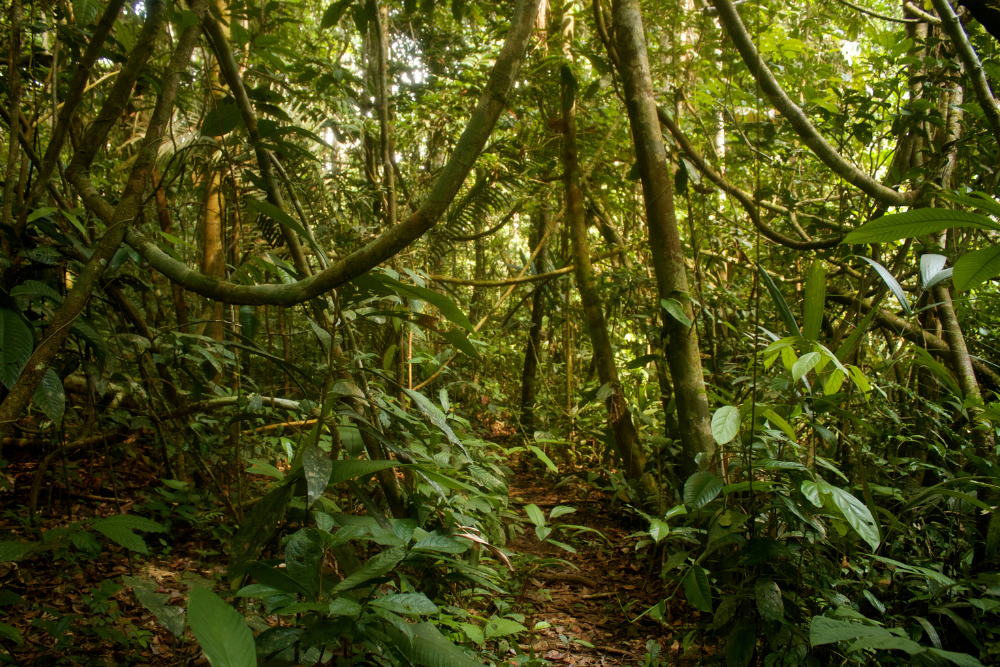
The Amazon Rainforest, lungs of the Earth, faces existential threats from deforestation and unchecked land use. Vast tracts vanish under the axe daily, reducing biodiversity and altering global atmospheric patterns. Conservationists emphasize the crucial role of management practices in safeguarding this ecological treasure.
Illegal logging and agriculture further encroach upon sensitive ecosystems, disrupting indigenous habitats and wildlife. In this living tapestry of life, committed responses from local to international levels are critical to preserving its health and vitality. The forest’s preservation hinges on sustainable practices and policy reinforcement.
11. The Taj Mahal faces degradation from air pollution and unsustainable tourism.
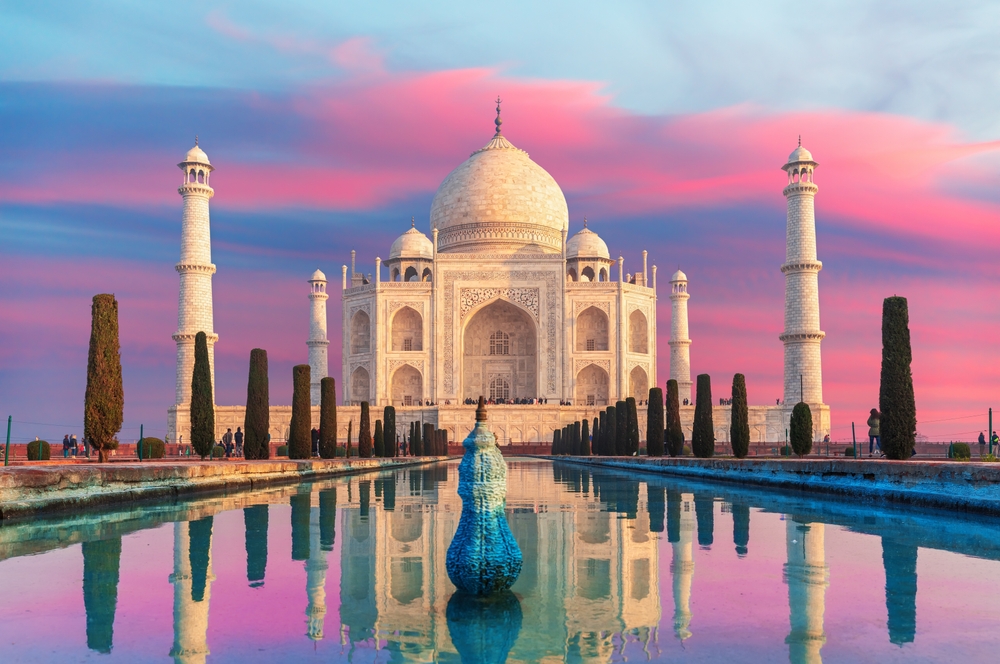
Set along the serene Yamuna River, the Taj Mahal contends with air pollution and unrestrained tourism. Marble surfaces, once pristine, develop a yellow tint from industrial emissions, threatening its luminous beauty. Protective measures like pollution control are crucial to minimize these effects on India’s heritage gem.
Visitor foot traffic, growing steadily, risks surface wear that challenges conservation efforts. Elevating public consciousness about the site’s fragility may foster supportive tourism models that respect both the Taj’s aesthetic allure and structural durability, keeping this iconic symbol of love splendid for years.
12. The Great Wall of China requires ongoing maintenance to prevent natural decay.
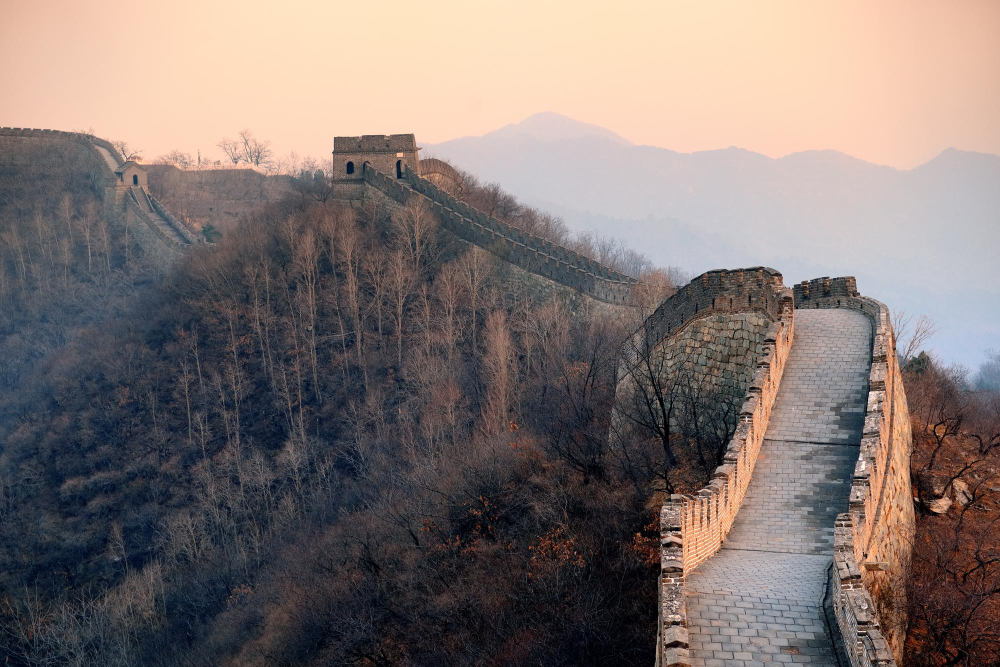
Spanning vast distances, the Great Wall of China remains susceptible to natural decay despite its enduring strength. Weather patterns erode parts of this ancient structure, requiring ongoing maintenance and care. Its preservation symbolizes a blend of historical reverence and modern engineering aptitude.
Beyond environmental wear, neglect in remote sections and unauthorized construction exacerbate deterioration. Sound management and restoration projects contribute to safeguarding this monumental landmark, ensuring it continues to inspire and educate. Through collective effort, the Wall stands as a testament to human ingenuity across time.
